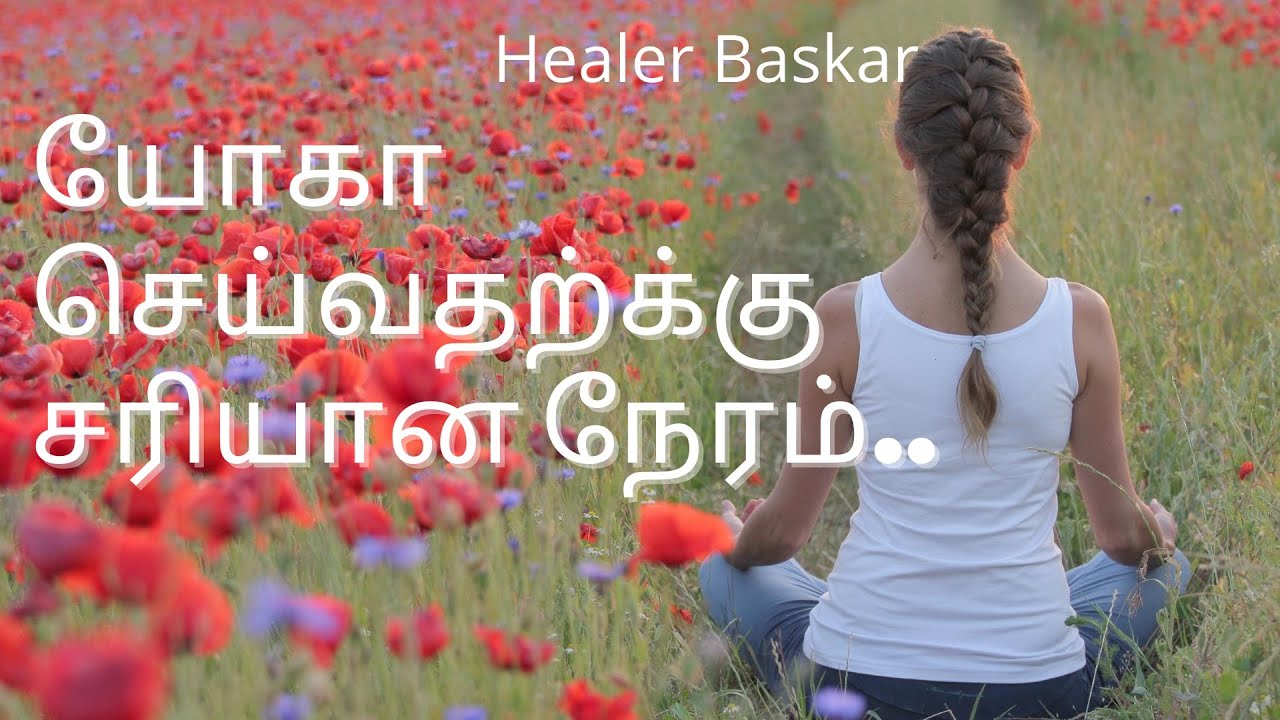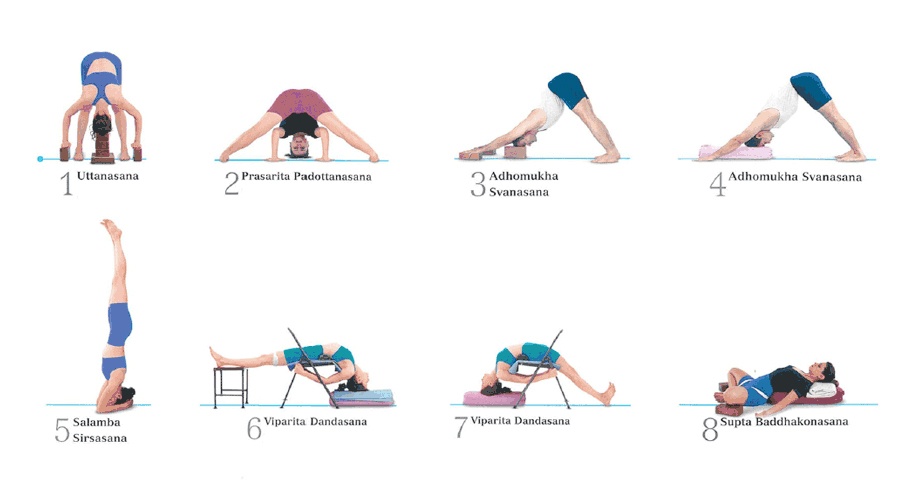
There are many yoga poses that will help you keep your balance. You can do these poses: the High Lunge; Tree Pose; Eagle Pose; and Downward dog. It can be confusing if you are just starting yoga. The good news is that this article will help explain the benefits of these poses so you can get the most out of them. This article will help you understand the benefits of each one and get you started on your yoga practice.
High Lunge
High Lunge, a balance pose that is challenging but also beneficial for the entire body, can be done. Your core must be engaged and your arms extended in front. To help you balance, you have two options: you can use blocks or you can lift your torso off a chair by placing your hand on a block. High lunges are best avoided if you have injuries. People with injuries should consider a gentle chair exercise.
To begin, step your left foot back. Next, lower your left foot and lift your heel. If your knees are sensitive, you can use a blanket to cushion them. Proper alignment is crucial for any yoga balance pose. Correct alignment will bring you the best results. Yoga is not for those who are strained into their poses. Proper alignment will engage the right muscles and support the body's weight evenly.

Tree Pose
To learn the balance pose of yoga balance, you will need to practice first with support from a chair or a wall. Your hands will hold you in balance and provide stability. This pose can be done by closing your eyes. If you have difficulty balancing, you may be able to lean your head against the wall to maintain your balance. Next, place your left knee on the wall.
To challenge intermediates or experts, you can modify Tree Pose in a variety of ways. This pose can be used to strengthen your abdominals as well as add toning. Start in a normal position with your heels touching and toes slightly apart. You can rest your right leg against your left hip, while your hips are straight. To make it easier, you can add a wall support or a lifting foot.
Eagle Pose
Eagle Pose, one of the most challenging yoga balance poses, requires patience. The Eagle Pose requires you to balance on both your shoulders and bring your tailbone down towards the ground. You must also draw your neck up towards the ceiling. As you reach the top, engage your core and relax the neck, shoulders, and face. You will be able to maintain your balance by breathing regularly. Eagle Pose is a great way for you to relax and refocus.
Garuda, an ancient mythical bird, was the inspiration for the name of eagle pose. The name of this bird means "bird of the sky", and it carries Vishnu, the god of the sky, on its back. The mythological birds can also ride the wind. They also possess the elixir for immortality, soma. While many people can safely attempt this balance pose, pregnant women are not recommended to attempt it because of potential harm.

Downward dog
The Downward Dog is one of the most common yoga balance poses. It strengthens the whole body, particularly the ankles and wrists, and also opens up the chest and shoulders. It aligns the spine and fine tunes the foot muscles. It not only works to stretch the major muscle groups, it also strengthens smaller ones such as the plantar fascia. This band of tissue connects the heel and front of the feet. This helps you walk better, maintain your balance, and reduce the risk of injury.
Downward Dog needs opposing muscles to lengthen its spine. For example, it requires the calve muscles to relax in order to stretch the front of the feet. This is especially important because a weak or stiff ankle will cause the upper body to bear the weight unevenly. A blanket can be placed underneath your heels to modify the Downward Dog. The goal is to bend your ankles forward, which is typically not possible without the use of opposing muscles.
FAQ
How long do yoga classes last?
Most yoga classes last 45 to 90 minutes. Some teachers offer shorter or longer sessions, at different times during the week.
Where can I locate a skilled yoga teacher in my area?
Local yoga teachers are available. You may also be able to search for a teacher online if you aren't located near a studio. Also, consider joining a yoga class that offers online registration.
What should I do to begin practicing yoga?
For lying down, you'll need a mattress (some of them foldable), some loose clothes, and a towel or blanket.
Also, you may need props like straps to hold your blocks, straps to support your bolsters, blankets or towels in order for some poses.
You don't really need anything else. Yoga is a commitment.
Are there yoga classes that cater to people with special requirements?
Yes, many yoga studios offer specialized classes to accommodate people with disabilities. These include:
-
Individuals with physical limitations who want to improve posture
-
People with limited mobility
-
Individuals with arthritis
-
People who are recovering from injuries
-
Seniors
Encourage your friends and family to sign up for these classes if they are interested.
Are 20 minutes of yoga a day enough?
Yoga should not be seen as just an exercise, but rather as a chance to discover yourself. It is an opportunity to reflect on your life, and how it has been lived.
My friend introduced yoga to me a few decades ago. She had been practicing for many years. He shared with me that he did twenty minutes of yoga every morning to help him feel calmer through the rest his day.
I tried it and noticed a significant improvement in my overall wellbeing. I have continued to do yoga since that time and found it helpful in helping me relax and keep my focus while working at the desk.
It is important to find what works best for your needs and set realistic goals. You don't need to spend hours doing yoga each day if it isn't going to help you achieve your goals.
Statistics
- A 2020 review of 27 studies (1,805 total participants) of yoga interventions in children or adolescents found reductions in anxiety or depression in 70 percent of the studies, with more promising results for anxiety. (nccih.nih.gov)
- In comparison, a 125-pound person is estimated to burn 135 calories in 30 minutes of walking (at a pace of 15-minute miles) and 210 calories bicycling at a moderate pace on a stationary bike. (everydayhealth.com)
- About one in seven U.S. adults practiced yoga in the past 12 months, according to a 2017 national survey. (nccih.nih.gov)
- According to calorie estimates calculated at Harvard Medical School, the average 125-pound person burns about 120 calories in a half hour of hatha yoga, and a 185-pound person burns about 178 calories in that half hour. (everydayhealth.com)
- The American Psychological Association recently shared that 84% of American adults feel the impact of prolonged stress (5). (healthline.com)
External Links
How To
Is yoga a good option for menopause symptoms?
Yoga is an ancient tradition that originated from India. It emphasizes stretching, breathing, and meditation. It has been used over thousands of year to stay fit. It has gained popularity as people search for alternatives to staying healthy and active in stressful situations.
Yoga is about using physical positions (asanas), to strengthen muscles, improve posture, and increase flexibility. This can help relieve tension, increase strength, and endurance.
There are many types of yoga: Hatha, Vinyasa flow and Bikram. Each type is focused on different aspects of the human body, such relaxation, breath, stretching, or breathing.
All forms of yoga have the same goal: to restore balance within the body as well as the mind. Yoga offers many benefits including better fitness, weight loss (weight loss), improved sleep quality and increased energy.
Several studies have shown that yoga may be beneficial for treating conditions such as depression, anxiety, and insomnia. But, it is difficult to prove its effectiveness for other health problems such as menopause symptoms.
Yoga is a way to feel happier and healthier.
It is important for you to know that yoga can cause muscle soreness. If you have concerns about your current condition or are unsure whether you would benefit from yoga, speak to your doctor before starting.